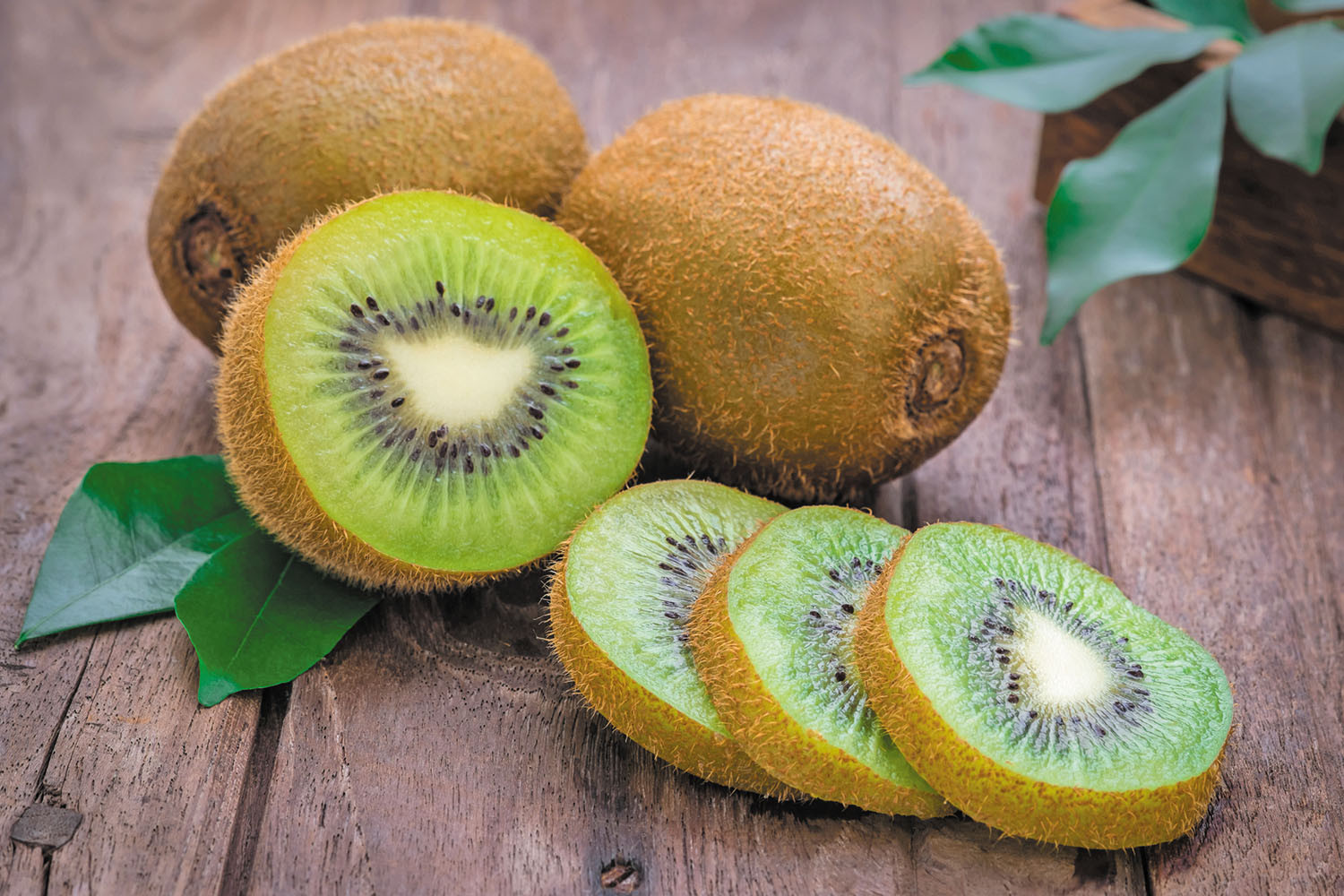



Article by: Hari Yellina
Almost all 2,800 producers’ orchards from Kerikeri in the north to Motueka in the south have harvested their kiwifruit for consumers, making the 2022 harvest of New Zealand’s largest horticultural product nearly complete. Overtaking the previous record of more than 177 million trays set last year, the 2022 season was predicted to have a record-breaking crop of at least 190 million kiwifruit trays. Each tray typically contains 30 kiwifruit chunks. However, the prediction has been updated to show that this year’s volume would be lower than in 2021. The drop is now attributed to labour availability, crop load, and weather. Ongoing research is being done in this area.
Zespri’s new RubyRed kiwifruit was selected as a commercial variety for the first time in 2022, and it was subsequently followed by the gold and green types. The red kiwifruit was chosen for supermarket shelves in New Zealand and foreign markets because of its sweet, berry-tinged flavour. Despite the erratic seasonal labour availability at the beginning of the year, all growers had access to the picking and packing of their kiwifruit. The capacity of the industry’s supply chain to function well with a constrained labour supply under the shifting COVID-19 conditions was crucial to the success of the 2022 kiwifruit harvest.
Due to COVID-19 infection rates and blocked borders, which restricted the 6,500 backpackers who were typically used for harvest operations, the 24,000 seasonal workers needed to pick and pack the produce were also constrained. According to Colin Bond, CEO of New Zealand Kiwifruit Growers Inc. (NZKGI), COVID-19 experience from the previous two seasons enabled the kiwifruit industry the foresight to optimise supply chain operations to reduce predictable risks. “There was intense pressure on growers and the larger business to guarantee that New Zealand’s kiwifruit was collected. Our sector is vital to the employment of both seasonal and permanent workers, as well as the support of regional kiwifruit businesses around New Zealand.
Colin continues, “I’d also like to make a special mention of the RSE employees from the Pacific Islands who under extremely difficult conditions stepped up to fill responsibilities where New Zealanders couldn’t be recruited. Without them, it would not have been possible to get all the fruit off the vines. The fourth year of NZKGI’s programme to promote seasonal jobs to New Zealanders was conducted in order to draw seasonal employees to pick and pack in the harvest. The campaign includes the use of a variety of media to promote positions and provide details on what to expect when working in the sector. Nearly all packhouses assured NZKGI they would pay at least the minimum salary of $22.75 per hour, or the living wage.
With an average wage of $27 per hour paid last year, when the minimum wage was $20 per hour, kiwifruit harvesting was likewise anticipated to exceed the living wage. For the 2022 season, NZKGI is presently researching the market to determine the ultimate payrates. This year, growers continued to face rising costs, such as payrates, which had an effect on the profitability of their enterprises. Grower returns will be impacted by the rising costs of labour, gasoline, and shipping as well as the anticipated reduction in crop output. Grower returns are crucial for both the growers themselves and the economic benefit that they provide to their local communities. With a $2.2 billion contribution in 2021, the kiwifruit sector is a significant player for towns and cities all throughout New Zealand.